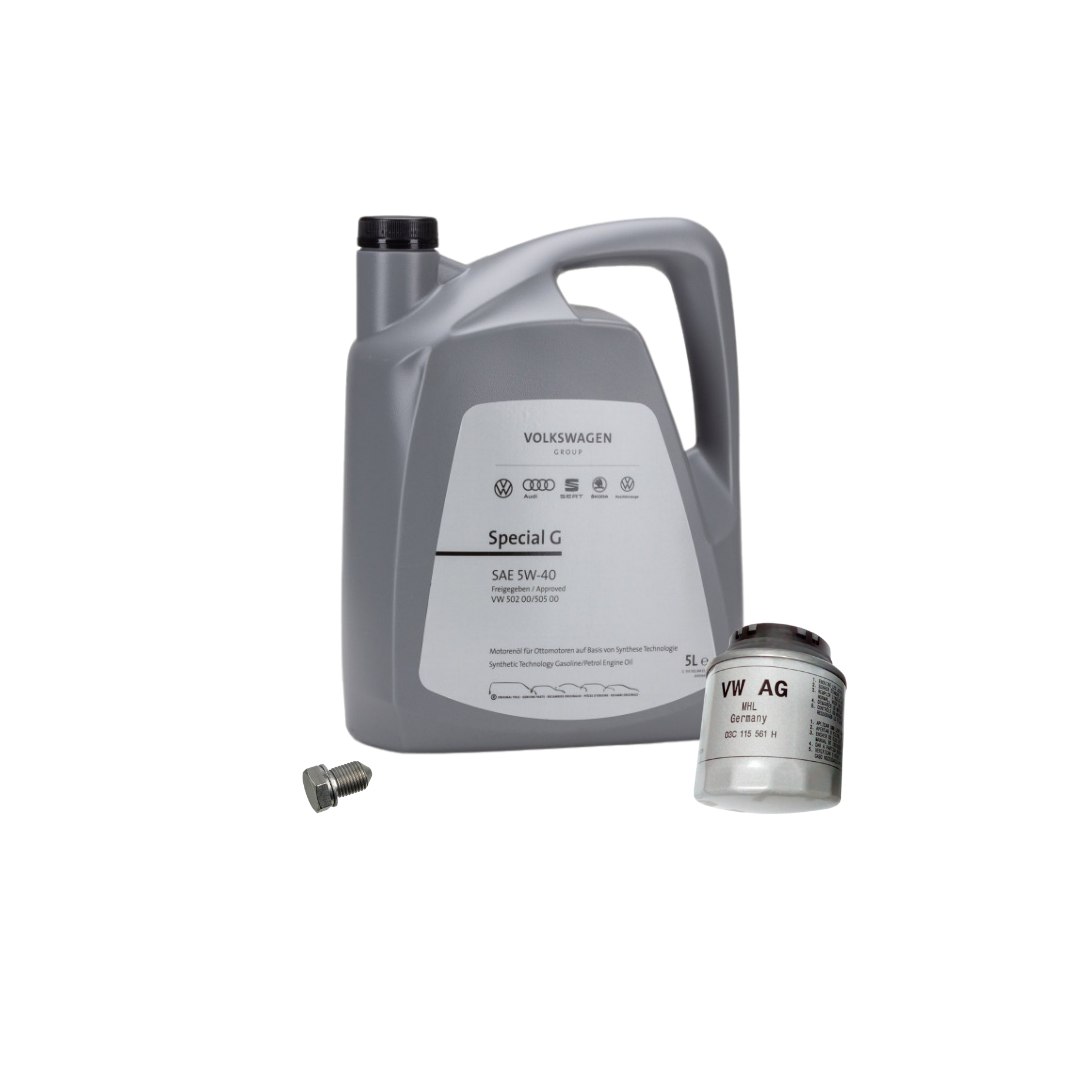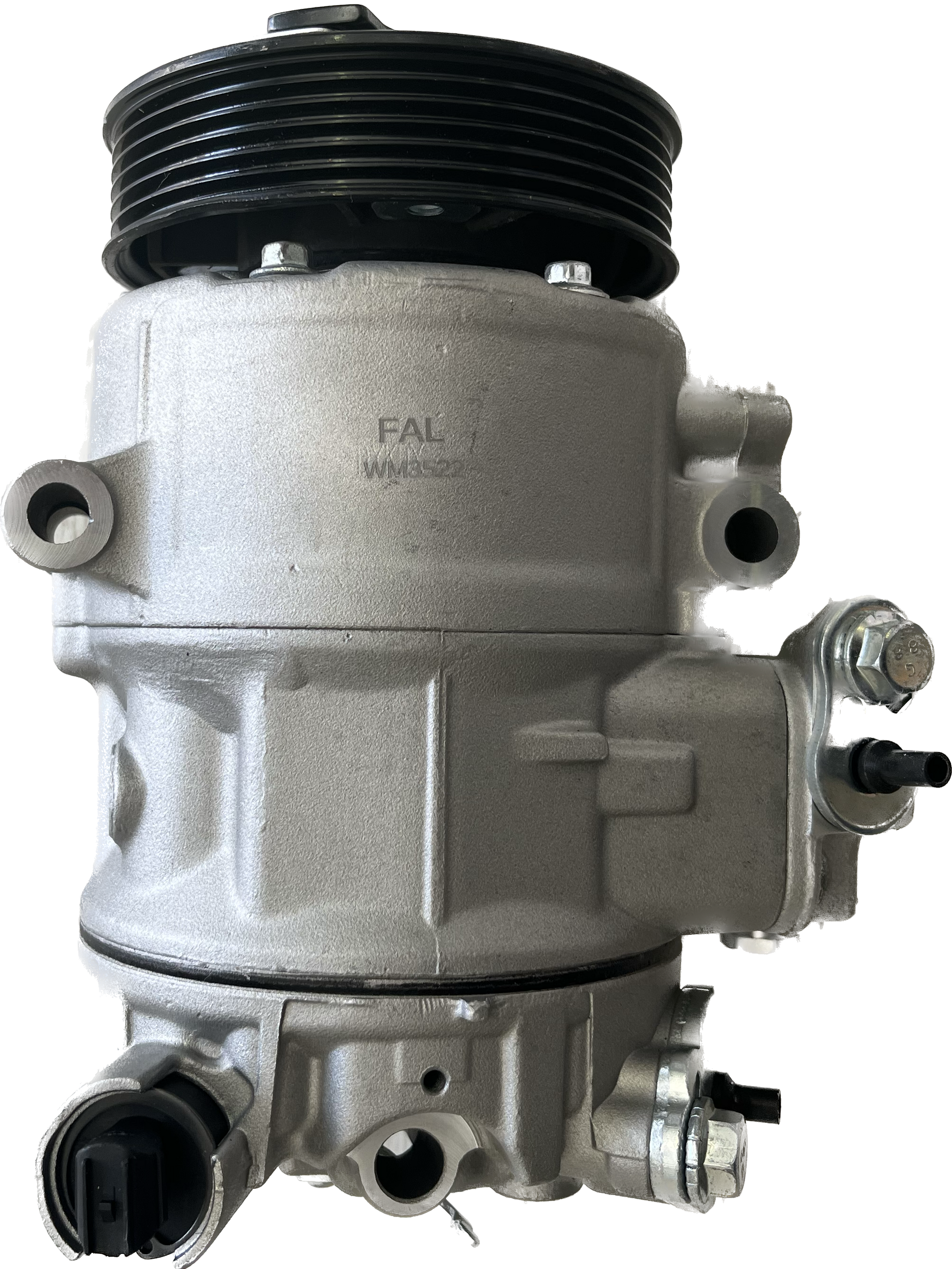Keep smooth operations with a properly serviced clp engine.
Keep smooth operations with a properly serviced clp engine.
Blog Article
Just How a Clp Engine Can Improve Performance in Different Industries
The advent of CLP engines notes a significant change in functional performance across different sectors, driven by their capability to optimize fuel intake and reduce downtime. Industries such as production and logistics stand to acquire substantially from their robust layout and consistent power outcome, which assure to improve procedures and enhance efficiency. As companies increasingly focus on sustainability alongside effectiveness, the duty of CLP engines becomes much more crucial. What stays to be seen is just how these improvements will form the future landscape of industrial operations and their influence on broader economic patterns (clp engine).
Introduction of CLP Engines
CLP engines, or Constant Liquid Propellant engines, represent a substantial innovation in propulsion modern technology, especially for space applications. These engines utilize a continuous feed system that permits the continual expulsion of propellant, causing improved efficiency and efficiency compared to traditional strong or hybrid propulsion systems. By preserving a constant flow of fluid propellant, CLP engines can accomplish more specific thrust control, which is crucial for steering spacecraft in different mission circumstances.
The style of CLP engines integrates innovative materials and cutting-edge fuel monitoring systems. clp engine. This leads to reduced weight and raised dependability, important factors for long-duration space objectives. The constant operation minimizes the threat of combustion instability, an usual difficulty in standard rocket engines.

Benefits in Manufacturing
The manufacturing of Continuous Fluid Propellant (CLP) engines offers numerous significant benefits that improve both effectiveness and cost-effectiveness. One of the primary benefits is the structured manufacturing process, which decreases the complexity connected with typical propulsion systems. By making use of liquid propellant, producers can achieve greater accuracy in engine performance, resulting in optimized power result and decreased waste.
Additionally, CLP engines promote a greater level of modularity, permitting simpler integration right into various production lines. This versatility can substantially lower preparations and boost general operational adaptability. Using CLP technology additionally has a tendency to decrease the requirement for comprehensive upkeep as a result of fewer moving components, which converts right into lowered downtime and functional expenses.

Applications in Logistics
Leveraging Constant Fluid Propellant (CLP) engines in logistics supplies significant benefits in functional performance and dependability. These engines supply a robust service for different transportation requirements, allowing the seamless motion of goods across vast distances. The fundamental design of CLP engines permits constant power result, which equates into smoother and a lot more foreseeable transport routines.
One of the key applications of CLP engines in logistics is in sturdy products transport, where they can drive both ground and aerial lorries. Their capacity to preserve high efficiency under varying load problems makes certain that distribution timelines are satisfied, therefore improving client fulfillment. Additionally, CLP engines can be incorporated into automated logistics systems, helping with real-time tracking and maximizing path preparation.
Additionally, the durability of CLP engines lowers maintenance downtime, permitting logistics business to maximize their dig this functional capacities. This is especially beneficial in warehousing procedures, where efficiency in taking care of and carrying goods is essential. As logistics continues to evolve, the combination of CLP engines stands for a forward-thinking strategy that not only boosts performance however also sustains the industry's growing needs for reliability and rate.
Effect On Power Efficiency
Just How do Continuous Liquid Propellant (CLP) engines boost energy effectiveness in transport? CLP engines utilize a constant circulation of liquid gas, optimizing combustion procedures and keeping a stable thrust result. This design reduces power losses connected with conventional burning engines, where gas delivery can vary and cause inefficiencies.
The continuous operation of CLP engines permits an extra efficient thermal cycle, leading to greater details impulse compared to traditional engines. clp engine. This converts to reduced fuel usage for the very same quantity of job done, significantly lowering operational expenses across various transportation markets, consisting of aeronautics and maritime sectors
In addition, the capacity of CLP engines to maintain optimal performance under differing load conditions decreases the requirement for regular velocity and deceleration, additionally improving fuel effectiveness. Enhanced energy performance not only adds to cost savings but also results in lower greenhouse gas emissions, aligning with global sustainability objectives.
Future Trends and Innovations
Emerging developments in Continuous Fluid Propellant (CLP) engine modern technology promise to revolutionize the landscape of transport efficiency and sustainability. As industries pivot towards greener choices, CLP engines stand at the forefront, incorporating innovative products and style methodologies that enhance performance while decreasing ecological effect.
Among one of the most appealing patterns is the adoption of crossbreed systems that integrate CLP engines with renewable power resources. This synergy can maximize gas consumption and reduce exhausts, straightening with international sustainability objectives. Improvements in computational fluid characteristics (CFD) are helping with the style of even more aerodynamically reliable engines, leading to decreased drag and boosted fuel performance.
Additionally, the growth of wise surveillance systems is readied to boost operational effectiveness. These systems leverage information analytics and IoT technology to enhance engine efficiency in real-time, guaranteeing that the engines run within their most efficient specifications.
As study remains to check out different propellant formulas-- such as biofuels and synthetic gas-- the future of CLP engines looks appealing. By using these innovations, markets can not just improve their effectiveness yet additionally contribute significantly to a cleaner, a lot more lasting future in transportation.
Final Thought
In verdict, CLP engines stand for a substantial improvement in performance throughout several Website sectors. The combination of advanced materials and fewer relocating components lessens maintenance requirements, while alignment with sustainability goals placements CLP engines as a crucial technology for the future.
Report this page